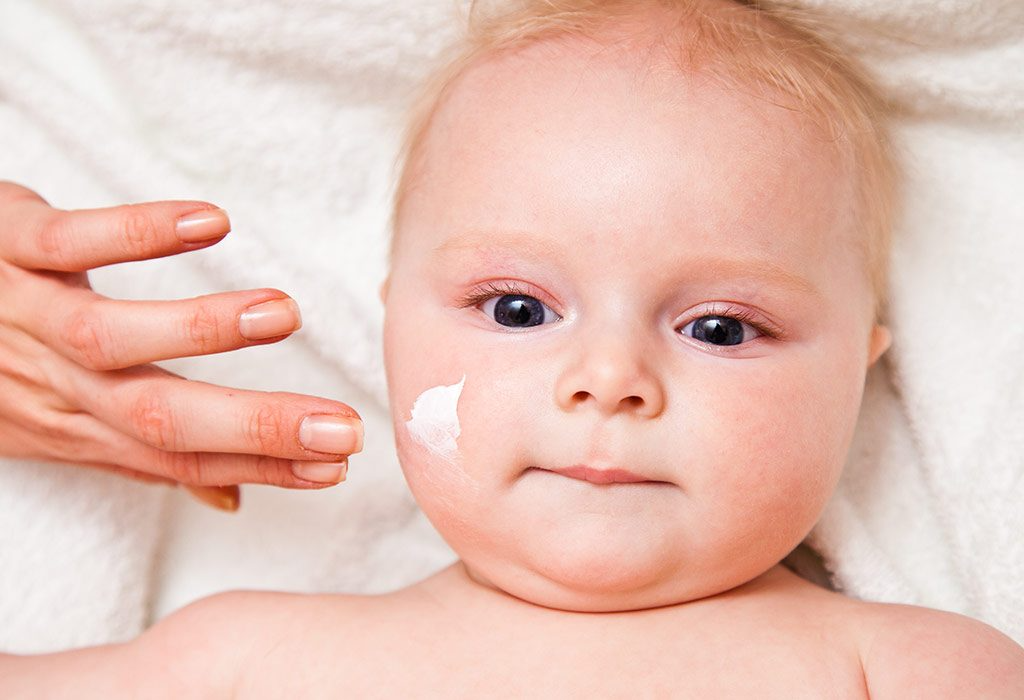Essential Baby Skin Care Tips for Daily Care
Welcoming a newborn into the family brings immeasurable joy along with a deep sense of responsibility. Among the many aspects of nurturing, ensuring your baby’s skin remains soft, comfortable, and well-protected is one of the most important daily tasks. Baby skin is uniquely delicate, requiring consistent attention and products that cater specifically to its sensitive nature. With the right habits, parents can create a gentle and effective daily baby skincare routine that keeps their little one’s skin radiant and healthy.

Understanding Baby Skin
Baby skin is significantly thinner than that of adults, which makes it more vulnerable to dryness, irritation, and external irritants. Its fragile barrier also loses moisture more quickly. For this reason, parents need to be intentional in their approach, using products designed for infants and following an essential skin routine that emphasizes moisture, protection, and tenderness.
Cleansing with Care
Bathing your baby does not need to be a daily occurrence. In fact, two to three times a week is sufficient during the early months. Excessive washing may strip the skin of natural oils, leaving it parched and more susceptible to rashes. Use lukewarm water and avoid harsh soaps. Instead, select mild cleansers formulated specifically for babies. After the bath, pat the skin dry gently with a soft towel rather than rubbing, as friction may cause irritation.
Hydration Is Key
Moisturizing is one of the cornerstones of daily baby skincare. After bathing, the pores are open and ready to absorb nourishing products. Applying a gentle baby cream at this stage helps lock in moisture and prevents dryness. Look for formulas enriched with natural ingredients such as aloe vera, shea butter, or chamomile. These elements provide hydration without introducing unnecessary chemicals.
Choosing the Right Products
Not all products marketed for infants are equally safe. Labels may be deceiving, so it is essential to look for hypoallergenic, fragrance-free, and dermatologist-tested options. A safe infant lotion that avoids parabens, sulfates, and synthetic perfumes is preferable, as these additives can cause sensitivity reactions. Testing a small patch of skin before full application is also a wise precaution.
The Role of Massage
Beyond moisturizing, baby massage is both nurturing and practical. Using a small amount of gentle baby cream or a lightweight safe infant lotion, massage in slow, circular motions. This practice not only enhances skin hydration but also strengthens the bond between parent and child. Regular massages can improve circulation, soothe fussiness, and encourage restful sleep.
Protecting from the Elements
Your baby’s skin requires protection not only indoors but also outdoors. Sun exposure, even brief, can be harsh on delicate skin. When taking your little one outside, keep them shaded with light clothing, hats, or a stroller canopy. Sunscreens are generally not recommended for babies under six months, so physical barriers are the safest choice. Similarly, during colder months, prevent dryness by applying a gentle baby cream regularly and ensuring the nursery has adequate humidity.
Diaper Area Care
One of the most sensitive regions is the diaper area, which is prone to rashes and irritation due to constant moisture and friction. Changing diapers promptly is crucial to keeping the skin comfortable. Clean the area gently with warm water or fragrance-free wipes and allow some air-drying time before putting on a fresh diaper. Applying a protective cream can serve as a barrier, reducing the risk of rash development.
Fabrics and Laundry Habits
Clothing choices and laundry practices also influence skin health. Dress your baby in breathable cotton garments to minimize sweating and irritation. Wash clothes, blankets, and towels with a detergent free from dyes and fragrances, as harsh chemicals can linger on fabric and trigger sensitivity. Ensuring a soft, clean environment contributes greatly to a successful essential skin routine.
Establishing Consistency
Consistency is the golden rule in baby skin care. While occasional lapses happen, making skin care an integral part of your daily routine will protect your baby’s skin in the long run. Integrating moisturizing, gentle cleansing, and protection practices creates habits that benefit both parent and child.
Signs to Watch For
Even with the best care, babies may experience skin challenges such as cradle cap, eczema, or rashes. If redness, persistent dryness, or unusual patches appear, it is wise to consult a pediatrician or dermatologist. Early intervention ensures the right treatment and prevents discomfort from escalating.
Building Comfort and Connection
Caring for a baby’s skin goes beyond surface-level protection. Each step, from applying a safe infant lotion to gently patting them dry after a bath, strengthens the bond between caregiver and child. The rituals provide moments of calm, security, and affection, all of which are vital to a child’s sense of comfort.
Conclusion
Baby skin requires an intentional, loving approach. A consistent essential skin routine that involves careful cleansing, hydration with a gentle baby cream, and the use of a safe infant lotion provides the foundation for long-term skin health. By embracing practices that prioritize tenderness and protection, parents ensure their baby’s skin stays nourished and resilient every day. More than just routine care, these rituals embody love, connection, and the promise of a safe and healthy beginning.








